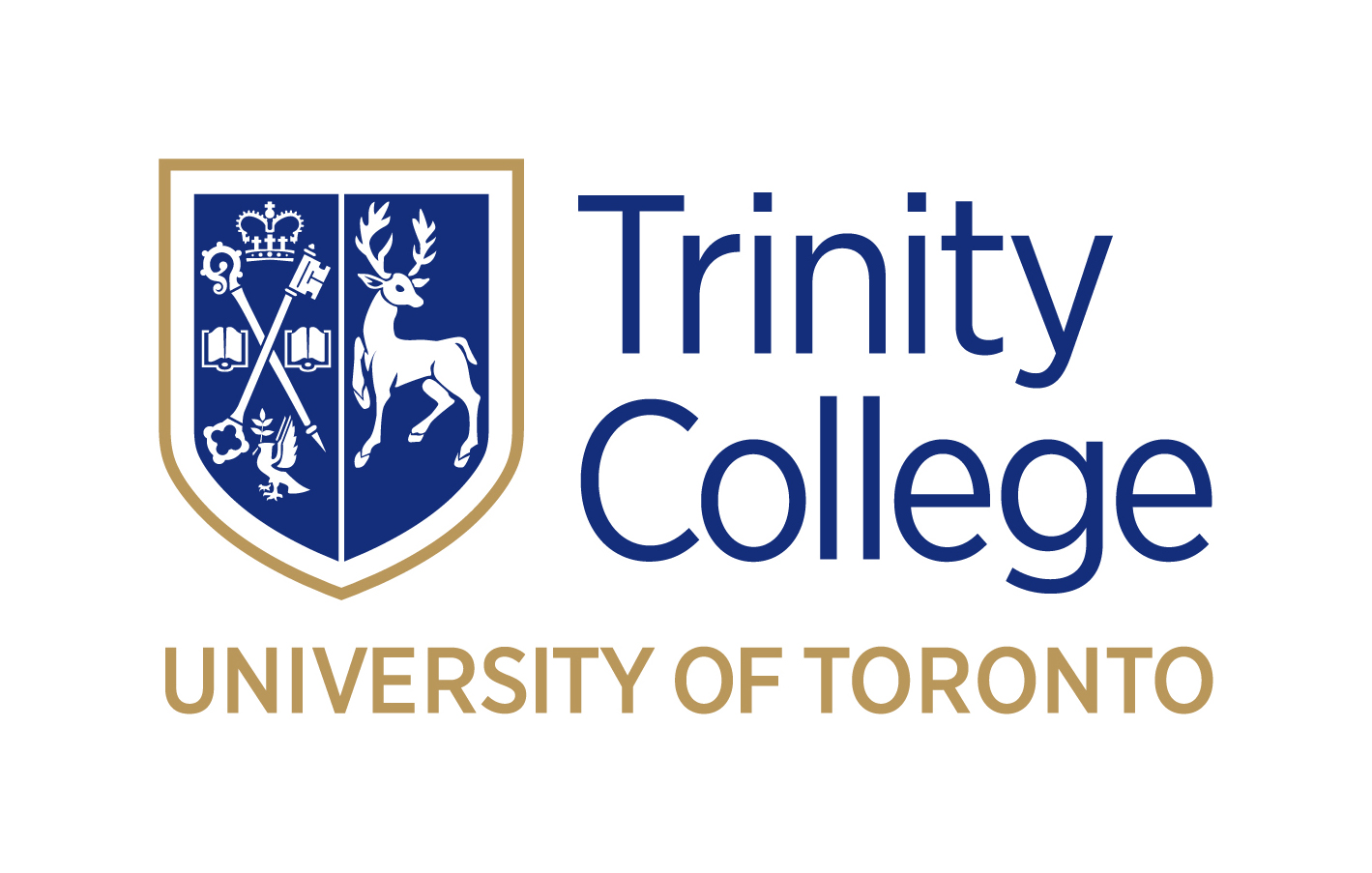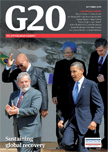

 |
 |
|

America’s Contribution to Global Economic Growth
By Robert Fauver, former US under secretary of state for economic affairs and former G7 sherpa
To download a low-resolution pdf, click here. (Be patient! It's 7.7 MB.)
The Obama administration has followed a multi-track approach to restoring the strength and vitality of the US economy. Its macroeconomic, microeconomic, monetary and regulatory policies reinforce one another and are more effective than any of them pursued alone.
As the leaders of the G20 gather in late September in Pittsburgh, they face a world economy beginning to recover from the worst slowdown in decades. That recovery is coming sooner than originally expected. US president Barack Obama, as the host for this meeting, will be energised as a result of the emerging success of his economic policy approach to the deep US recession. He will work hard with the other leaders to secure the recovery and expected expansion for the next several years.
The Obama administration has followed a multi¨track approach to restoring the strength and vitality of the US economy: macroeconomic, microeconomic, monetary and regulatory reform policies. These distinctly different policies have been designed to reinforce one another. When combined, the policies are proving more effective than any of them pursued by themselves.
The often criticised and much maligned economic stimulus package of the Obama administration is apparently providing the needed expansionary boost to the domestic economy. The American Recovery and Reinvestment Act of 2009 set forth some $787 billion of increased spending over an extended period. The presidentís approach was a multi-year set of policies rather than the traditional one-year stimulus approach. For the next several years the domestic economy will continue to be strengthened by the ongoing stimulus programme. While it is very difficult to attribute the precise degree of effect from the stimulus programme on the ongoing recovery, the programme is clearly an important part of the emerging recovery.
In addition to its fiscal approach, the administration has strongly supported the Federal Reserve Systemís use of a loose monetary policy stimulus to the economy. Historically low interest rates have been coupled with historically large injections of liquidity to financial markets. This easy monetary policy has strengthened financial institutions. It is beginning to result in increased bank credit, which is critical to the sustained recovery of the domestic economy. The evidence suggests that the housing market has bottomed out and is probably beginning to experience modest price firming in many parts of the country.
On the microeconomic side of the effort, the administration quickly and strongly injected significant funding into the failing financial sector. Banks, insurance companies and security firms all received government support funds. For a few firms, such as AIG, the funding amounted to a nationalisation of the private firm. For others, the funds increased the capital base of financial firms, which allowed them to continue operating.
This unprecedented involvement of the US government in the private financial system has apparently stabilised the fragile situation. Firms are looking healthy again. Recent quarterly data indicate that some of the previously government-supported firms have recorded profits for the first time in a year or so. There is still worry over the troubled assets held by financial firms, but the overall health of the financial sector is considerably stronger than when the administration took power in January 2009.
On the regulatory front, the administration has submitted a wide-ranging set of proposed reforms of the regulatory structure within the US. The goal is to consolidate the currently fragmented regulatory authority into a more focused overall strategic approach to regulations. The administration would like to strengthen consumer protection within the financial sector. To that end, it has proposed a establishing a new Consumer Financial Protection Agency to protect consumers across the financial sector from unfair, deceptive and abusive practices. While some of this work has been done in the past by the Federal Reserve System, the administration believes that consolidating the function in a new agency will strengthen consumer protection.
The Federal Reserve System will play a stronger and broader role in the new regulatory environment, if Congress passes the administrationís reform plans. But, as always, Congress and the existing regulatory agencies can be expected to object to a change in the existing power structure.
Under newly submitted reform proposals, over-the-¨counter (OTC) derivative products will be regulated, and comprehensively regulated, for the first time. The proposed legislation provides for regulation and transparency for all OTC derivative transactions; strong prudential and business conduct regulation of all OTC derivative dealers and other major participants in the OTC derivative markets; and improved regulatory and enforcement tools to prevent manipulation, fraud and other abuses in these markets.
Now that the Obama administrationís regulatory philosophy is available in legislative proposals, the US Treasury will play an active role in the international discussions and negotiations focused on financial market regulatory reforms. The G20 will likely move forward on at least some forms of internationally agreed regulatory reforms.
From an overall macroeconomic perspective, the Obama administration has set the stage for a solid recovery that will provided much-needed stimulus to the rest of the world. Europe, which many thought was waiting for the US recovery to provide its own stimulus, has recorded modest positive growth in the second quarter of 2009. This is considerably earlier than anticipated.
Asia, too, is making significant progress in restoring growth to earlier levels. Led by Chinaís early and large fiscal stimulus (the largest as a share of gross domestic product among the G20), Chinese real growth has recovered after only a brief slowdown to an annual growth rate of between 8 per cent and 10 per cent. Chinese authorities employed a combination of bank credits and infrastructure spending to bolster domestic demand. While there are still concerns about the ability of China to shift sustainably to domestic-led growth, the signs of early recovery are at least very promising.
Japan also acted quickly to provide fiscal stimulus. But the current domestic political turmoil Ė and expected change of political party leadership Ė has weakened consumer and business confidence. Recovery should come as exports to the US return to solid growth rates.
More broadly, the G20 needs to focus on the emerging return of trade protectionism that is sneaking into many governmentís legislative processes. The leaders need to endorse strongly the completion of the Doha round of trade negotiations, or at a minimum, issue an agreed commitment to avoid protectionist policy moves.
|
This Information System is provided by the University of Toronto Library |
All contents copyright © 2023. University of Toronto unless otherwise stated. All rights reserved.